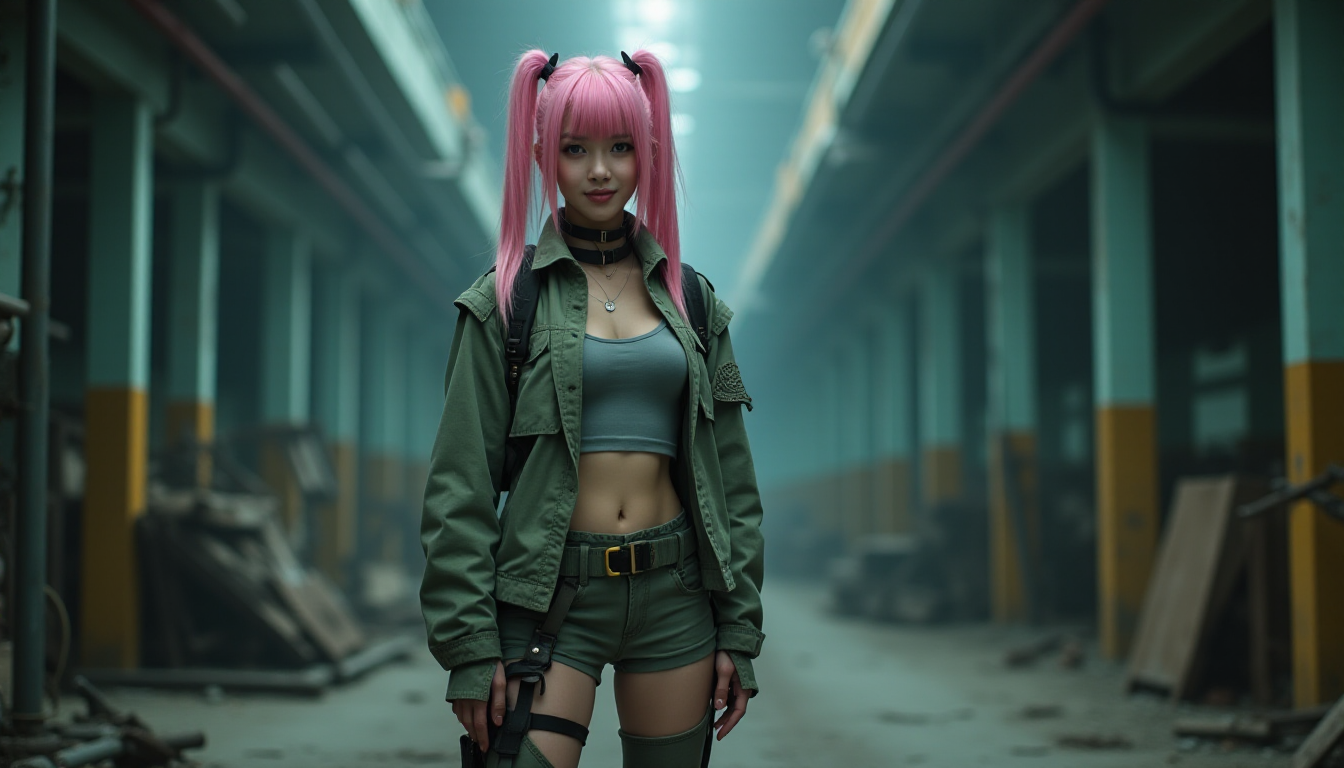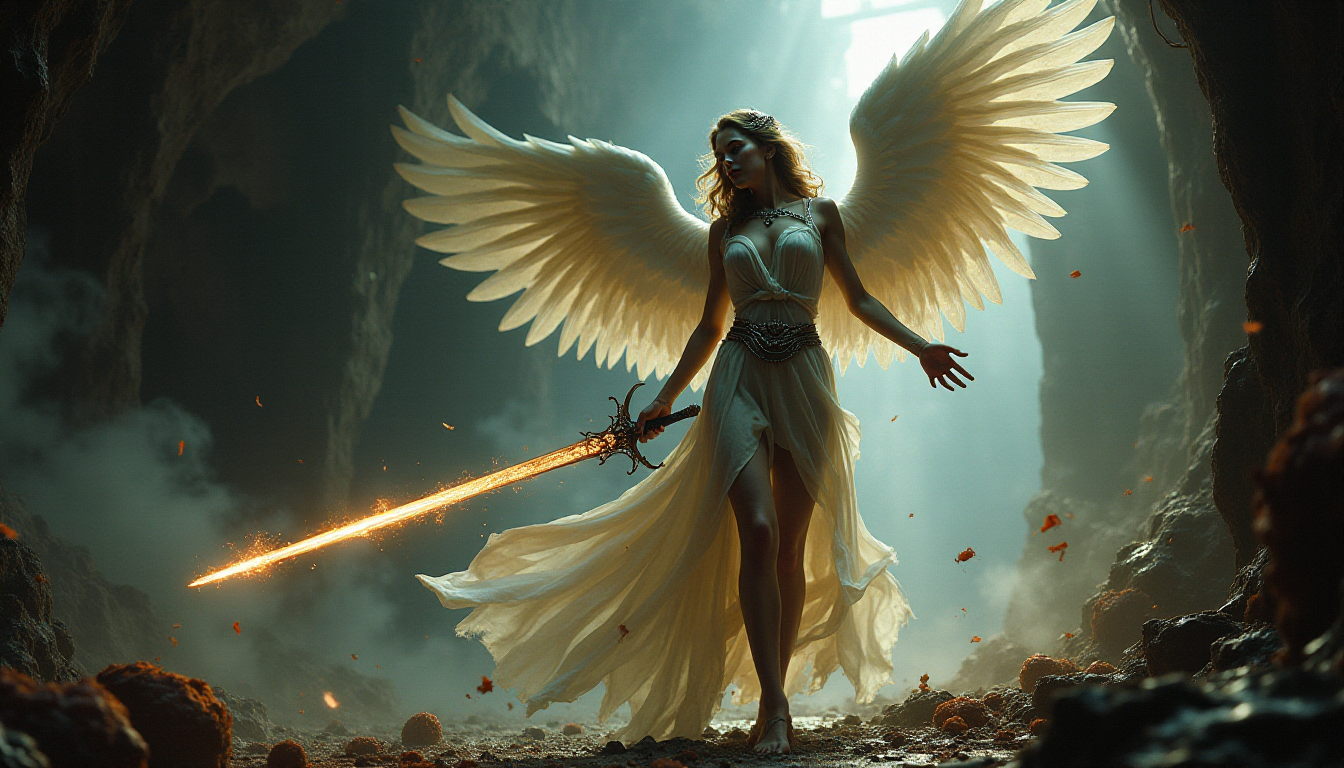You can use Stable Diffusion WebUI Forge to generate Stable Video Diffusion (SVD) videos. SD Forge provides an interface to create an SVD video by performing all steps within the GUI with access to all advanced settings.
In this post, I will walk you through how to set up and run SVD on Forge to generate a video like this:
Software
You will first need to install SD Forge. Follow the installation guide to run Forge locally.
If you are new to Stable Diffusion, check out the Quick Start Guide.
Take the Stable Diffusion course if you want to learn Stable Diffusion step-by-step.
Alternatives
Instead of running SVD on Forge, you can also use it on
- ComfyUI
- Google Colab
- Your local machine as a standalone application
Follow the instructions in this post for these options.
Install SVD model
You must first download the SVD XT model and put it in Forge’s svd folder.
First, you need to fill out the agreement form here.
Then, download the SVD 1.1 model.
Put it in the webui_forge_cu121_torch21 > webui > models >svd folder.
If SD Forge is running, you must close the terminal and restart completely to use the model.
Use the SVD model to generate a video
Step 1: Generate an initial image
You need an initial image of the video with 576 x 1024 pixels.
- Checkpoint model: juggernautXL_v7
- Prompt:
a woman with long hair windy and tattoos on her body, a green shirt , Clint Cearley, epic fantasy character art, cyberpunk art, fantasy art
- Sampling method: DPM++ 2M Karras
- Sampling Steps: 20
- CFG scale: 7
- Seed: -1
- Size: 576×1024

I used “windy” in the prompt so that her hair is blown up a little by the wind. That will help to add motion to the video.
Press the Send to SVD button under the image.

Step 2: Generate SVD video
Now, you should be on the SVD tab.
Make sure you see the SVD checkpoint selected.

You can leave the rest of the settings as default.
Press the Generate button.
You should get a video like this.
SVD settings
Below is a list of important parameters that control the video output.
Motion bucket id
The motion bucket id controls how much motion is in the video. A higher value means more motion. Accepts a value between 0 and 255.
FPS
The frames per second (fps) parameter controls the number of frames the model generates. Stay between 5 and 30 for optimal performance.
Augmentation level
The augmentation level is the amount of noise added to the initial image. Use it to change the initial image more or when generating videos that deviate from the default size.





